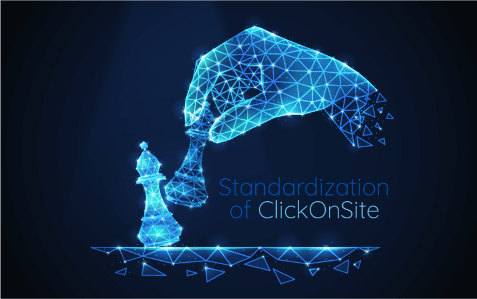
ITD launches the standardization of ClickOnSite
Based on the Taylorian and Fordist principles, then influenced by Theodore Levitt, standardization is an international marketing strategy widely adopted by companies. The objective is to develop a product with identical features, based on market best practices, to meet consumers’ needs. However, this marketing approach is gradually reaching its limits when customers express a strong need for personalization.
In light of this, how can a company reinvent its offer? Olivier Lespinasse, a telecoms expert at IT-Development (ITD) for almost 15 years, tells us how ClickOnSite software will soon provide a more attractive and high-performance customer experience by adopting a hybrid approach combining low-code and standardization.
With the ClickOnSite V1 software, we had already experienced a 100% standardized product management. Our conclusion was clear: despite its good performance, this model was too time-consuming when a modification was required. Based on a traditional coding model, core teams spent an average of 2-3 weeks to make any changes. This isn’t a cost-effective approach for either the company or the customer.
In 2014, ITD redesigned its tool and opted for a low-code offer. ClickOnSite V2 then became an easily configurable software package, offering an endless number of combinations. Unfortunately, experience has shown that this configuration, easily accessible to everyone (Business Analysts or certified customers), generates a higher human error rate. To overcome this problem, a compromise has been found: a version of the software that skillfully combines standardization and customization.
From October, our new customers will benefit from a “standardized” version of ClickOnSite V2. The solution will meet two major market expectations:
Besides the benefit to our customers, the adoption of standardization is also favorable for the company:
As a result, it is clear that a hybrid standardization choice is profitable for both customers and companies. The key is to determine the right balance so that everyone can feel at ease.